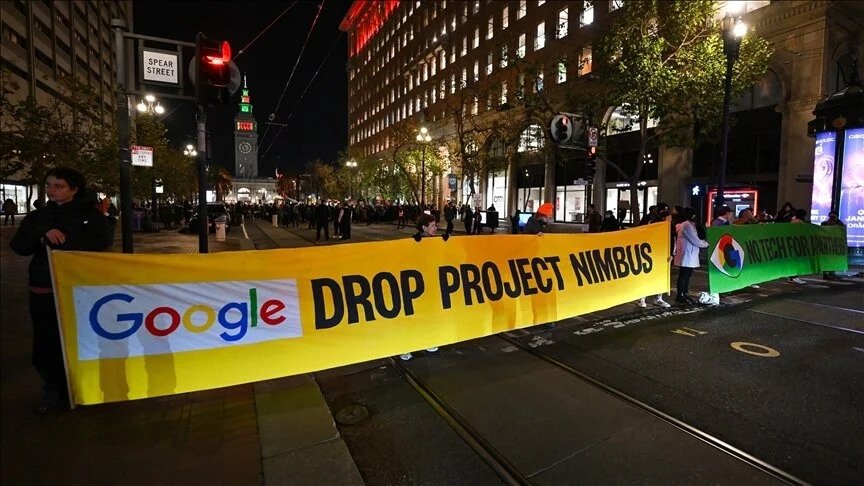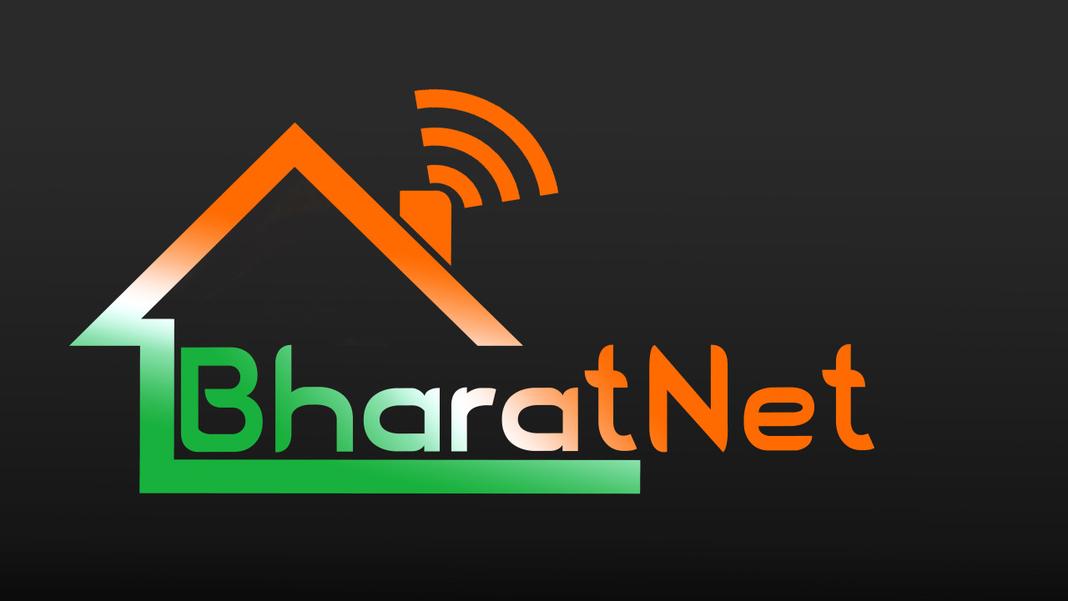Project Nimbus

- 23 Apr 2024
Why is it in the News?
Google's employees staged protests against the company's collaboration with the Israeli government on "Project Nimbus", a $1.2 billion cloud computing initiative.
What is Project Nimbus?
- Google’s Project Nimbus is a $1.2 billion cloud computing initiative with the Israeli government.
- The project aims to provide public cloud services to address challenges within various sectors in Israel, including healthcare, transportation, and education in Israel.
- However, the project has sparked controversy leading to protests and layoffs within the company.
- Project Nimbus involves Google establishing a secure instance of Google Cloud on Israeli soil.
- This would allow the Israeli government to perform large-scale data analysis, AI training, database hosting, and other forms of powerful computing using Google’s technology.
- The project is a joint contract between Google and Amazon signed in 2021.
- As part of the agreement, Google Cloud will work with the public sector on the formulation of best practices for cloud migration, integration, and optimization of cloud services.
- According to the official announcement in the year 2021, Google Cloud will also provide training to the country’s technical government employees and senior leaders to enhance digital skills.
What is the Controversy Surrounding Project Nimbus?
- Despite the potential benefits, Project Nimbus has sparked controversy due to concerns about the potential misuse of AI and other technologies.
- Employees fear that the technology developed under Project Nimbus could be used in harmful ways.
- There have been reports suggesting that Israel is using AI to eliminate its targets.
- Israeli outlets +972 Magazine and Local Call claimed that two AI systems, "Lavender" and "Where's Daddy?" were used to identify 37,000 Hamas operatives.
- However, there's no official confirmation regarding any connection between Project Nimbus and these AI systems.
- The use of AI also causes concern as it is still a relatively new technology on the battlefield and is yet to be regulated by governments across the globe.
Google Response to the Accusations Regarding Project Nimbus?
- Google clarified that the project is intended for use by Israeli government ministries in areas such as finance, healthcare, transportation, and education, emphasizing that it is not aimed at handling highly sensitive or classified military operations related to weaponry or intelligence services.
BSNL floats Rs 65,000 crore tender for phase-III BharatNet project

- 20 Feb 2024
Why is it in the News?
BSNL, the state-owned telecommunications company, has initiated a tender process amounting to approximately Rs 65,000 crore for the implementation of the phase-III BharatNet project.
What is the BharatNet Phase III Project?
- The BharatNet phase-III project adopts a three-level architecture:
- Internet leased line bandwidth
- Middle-mile connectivity, and
- Last-mile connectivity
- It aims to involve village-level entrepreneurs or Udyamis in providing last-mile connectivity to households on a revenue-sharing basis.
- BSNL aims to provide 15 million home fibre connections over five years using the BharatNet Udyami model.
About BharatNet Project:
- The BharatNet Project is one of the largest rural telecom projects in the world.
- It aimed at providing broadband connectivity to all Gram Panchayats across India in a phased manner.
- Its core objective is to ensure equitable access to broadband services for all telecom service providers, fostering the deployment of services like e-health, e-education, and e-governance in rural and remote areas.
- Initiated in 2011 and executed by Bharat Broadband Network Limited (BBNL), a Special Purpose Vehicle established in 2012, the project operates in three phases.
- Phase I launched in 2011, focused on creating the National Optical Fibre Network, leveraging existing infrastructure and laying additional fibre to bridge connectivity gaps up to the Gram Panchayat level.
- Phase II, approved in 2017, builds upon Phase I’s experiences, aligning with the Digital India vision.
- It adopts a flexible approach, integrating various media such as Optical Fibre Cable (OFC), Radio, and satellite to connect Gram Panchayats, utilizing models like State-led, Private Sector, and CPSU Models for implementation.
- Phase III, spanning from 2019 to 2023, aims to establish a robust, future-ready network with district-to-block fibre connectivity, featuring ring topology for redundancy.
- This comprehensive approach ensures the creation of a resilient and inclusive telecom infrastructure, facilitating socio-economic development in rural India.
